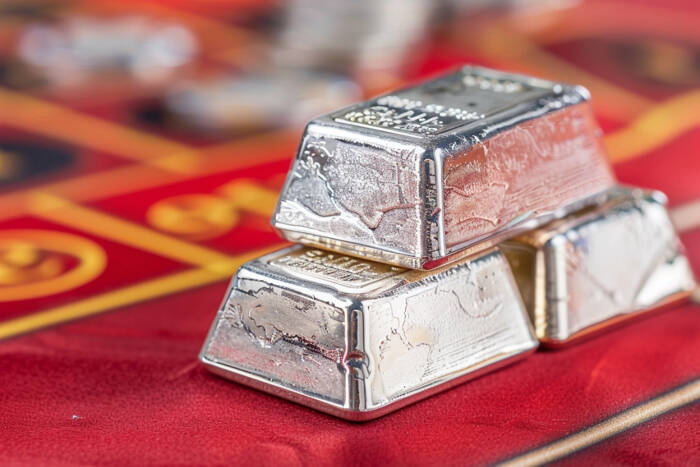Economic Headwinds: The Force Behind Silver’s Fall
Several factors have contributed to silver’s recent price movement. U.S. economic data released on Friday showed prices rose slightly in June, buoying optimism about a possible interest rate cut by the Federal Reserve. This sentiment is reflected in lower U.S. Treasury yields, which typically support the precious metal’s prices.
The personal consumption expenditures (PCE) price index, a key inflation measure, rose just 0.1% in June. This data, along with other weak economic indicators, is strengthening expectations of a rate cut by the Fed later this year. Lower interest rates generally lead to a lower opportunity cost of non-yielding assets such as silver, which benefits them.
Global demand: a silver lining in a dark situation
Despite the overall bearish trend, there are some bright spots for silver demand: India, the world’s second-largest consumer of the precious metals, recently reduced import tariffs on gold and silver, a move that could send gold premiums soaring to a 10-year high and boost silver demand.
However, it is important to note that increased gold demand does not necessarily translate into higher silver prices, as recent market trends have shown: physical demand in key consuming markets has been held back by high prices and seasonal factors, with Chinese gold imports via Hong Kong falling 18% in June.
Crystal Ball: Silver’s Potential Paths
The near-term outlook for silver remains bearish, as it has broken below key support levels and continued downward momentum suggests further declines are possible. Traders should closely monitor the critical 50% support at $27.22. Failure to hold this level could lead to increased selling pressure.

